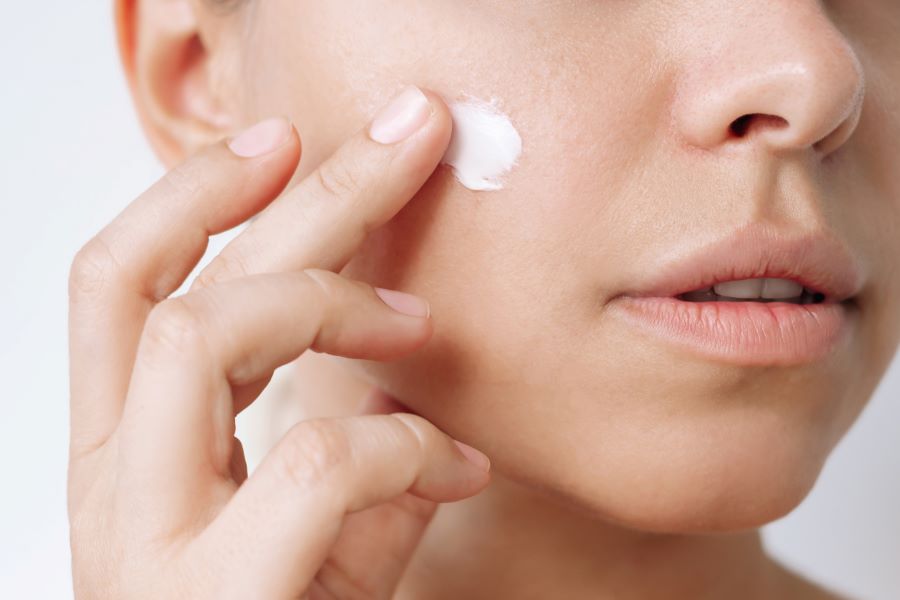Face Fillers: A Clear Guide for Woman’s Face and Skin
Face fillers are injectable treatments used to restore volume, soften lines, and reshape facial contours. Many women consider fillers to refresh their face and improve skin texture without surgery. This article explains common filler types, how they work, expected results, and safety considerations. This article is for informational purposes only and should not be considered medical advice. Please consult a qualified healthcare professional for personalized guidance and treatment.

What can face fillers do for a woman?
Face fillers can add volume to areas that thin with time—cheeks, lips, under-eye hollows, and jawlines—helping a woman regain a fresher, more balanced appearance. They are often used to smooth nasolabial folds (the lines running from nose to mouth) and to lift sagging tissues. Results can look subtle or more dramatic depending on product choice, injection technique, and the patient’s goals. A good consultation aligns expectations and creates a tailored treatment plan.
How do fillers change the face shape?
Fillers modify the face by replacing lost volume and supporting soft tissues. Hyaluronic acid (HA) fillers are the most common and can restore plumpness, while firmer fillers such as calcium hydroxylapatite provide structural lift. Injectors can sculpt the cheekbones, refine the chin, or soften jowls. Effects are immediate in most cases, but optimal shape sometimes takes a week as swelling subsides. The goal is proportional enhancement—improving contours without creating an unnatural look.
Will fillers affect my skin health?
Fillers interact primarily with subcutaneous tissues rather than the skin surface, but they can indirectly improve skin appearance. HA fillers attract and hold water, giving a hydrated, dewy look that can make skin appear smoother. Some treatments (like poly-L-lactic acid) stimulate collagen production over time, which may enhance skin firmness. Risks include temporary bruising, swelling, and rarely infection or allergic reaction; proper technique and hygiene reduce these risks. Discuss skin history, allergies, and medications during consultation.
How do fillers enhance beauty naturally?
When placed with an artistic yet conservative approach, fillers can accentuate natural features—lifting cheeks, softening deep folds, or subtly plumping lips. The most natural outcomes come from experienced injectors who prioritize proportion, symmetry, and facial harmony rather than volume alone. Combining fillers with other treatments (skin resurfacing, neuromodulators, medical-grade skincare) can produce complementary improvements to facial beauty while preserving individual character and expression.
Do fillers slow visible aging?
Fillers do not stop the aging process, but they can reduce visible signs by replacing volume lost to time and by stimulating collagen in some cases. Hyaluronic acid fillers typically last from several months to over a year depending on the product and area treated; some thicker or longer-lasting materials persist longer. Repeated treatments maintain results and can create a cumulative improvement in facial structure. It’s important to set realistic expectations—fillers address specific volume and contour concerns, not all aspects of aging.
Conclusion
Face fillers offer a versatile, minimally invasive option for women seeking to refresh their face and improve skin-related concerns tied to aging. Choosing a qualified, experienced provider and discussing realistic goals during a detailed consultation are the best ways to achieve safe, natural-looking results. Be aware of possible side effects and ensure follow-up care is available should any issues arise. For individualized recommendations and treatment planning, consult a licensed medical professional.






